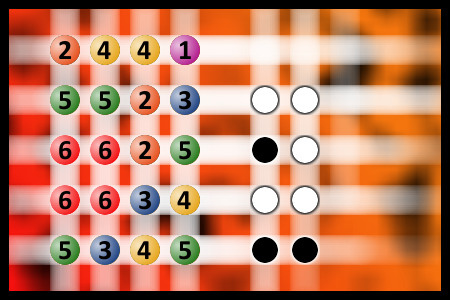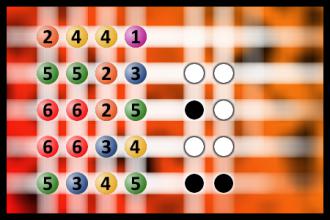Which is a winning combination of digits?
The computer chose a secret code (sequence of 4 digits from 1 to 6). Your goal is to find that code. Black circles indicate the number of hits on the right spot. White circles indicate the number of hits on the wrong spot.Correct answers: 61
The first user who solved this task is James Lillard.
#brainteasers #mastermind

God Gots Jokes
A man climbs to the top of Mt. Sinai and gets close enough to talk to God. Looking up, he asks the Lord, "God, what does a million years mean to you?" The Lord replies, "A minute."
The man then asks, "And what does a million dollars mean to you?" The Lord replies, "A penny."
Then he asks,"Can I have a penny?" The Lord replies, "In a minute."

